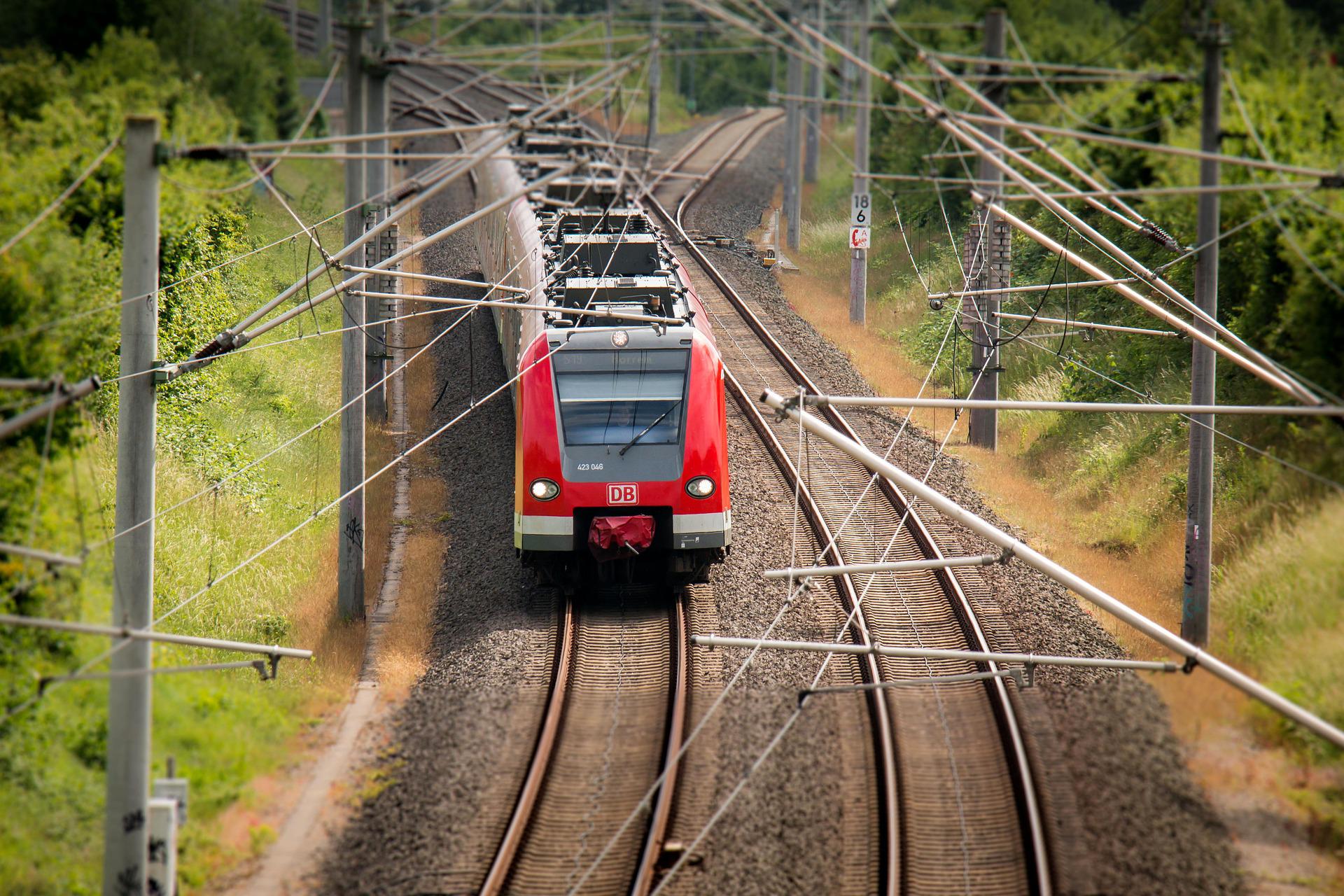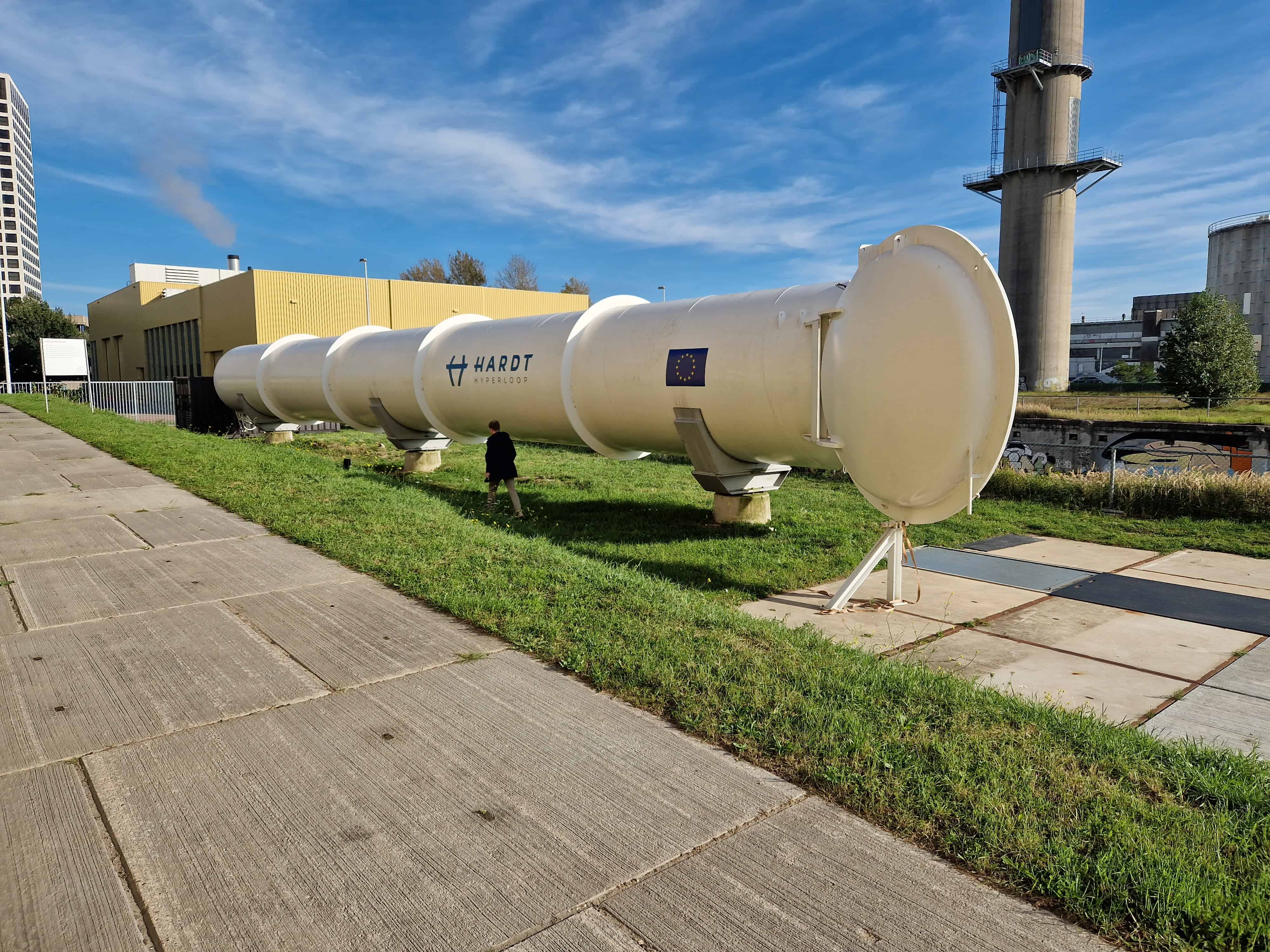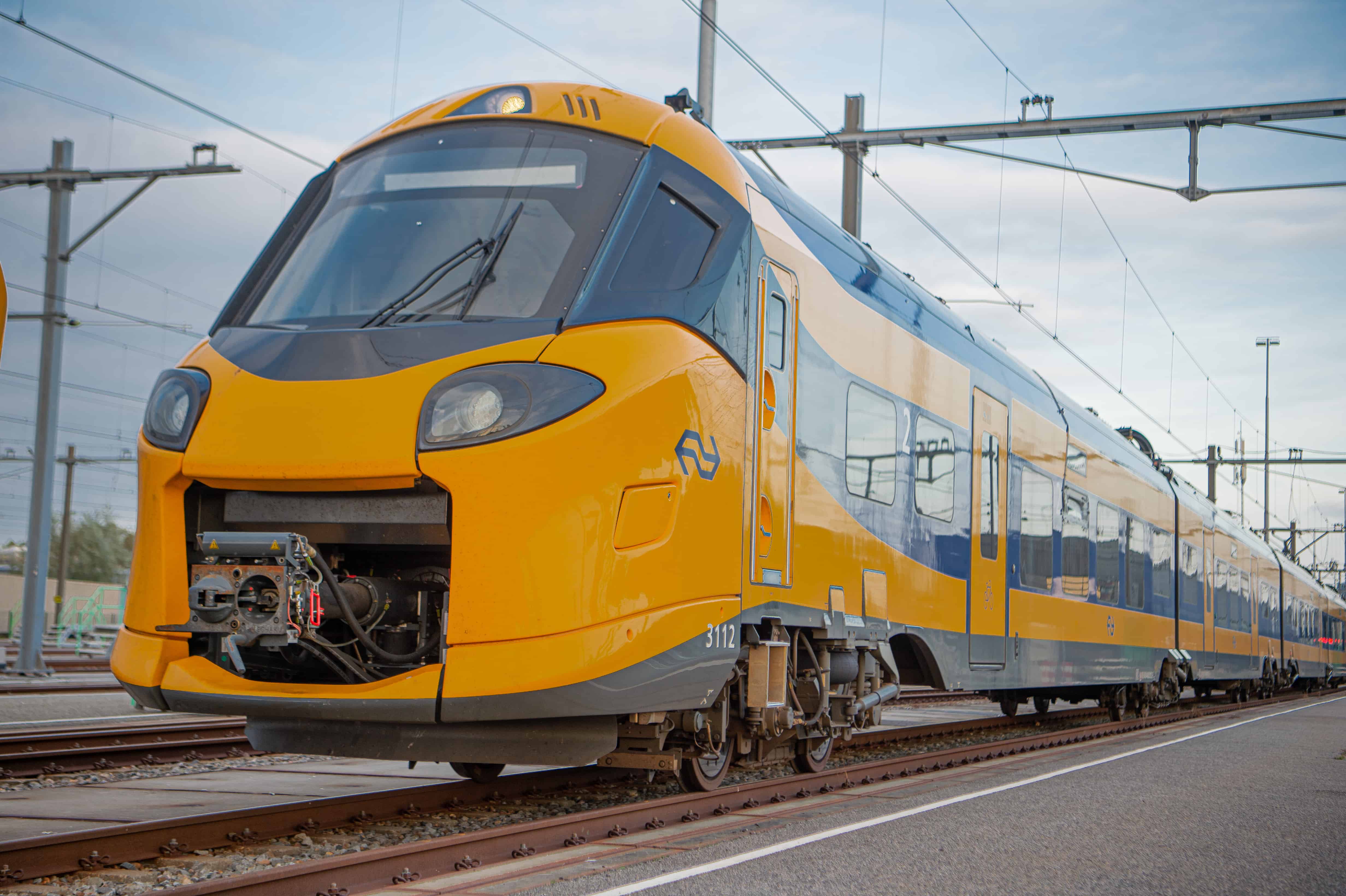
Do you travel by train from time to time? Then you are probably always looking for the most optimal route. All over the world, we are using the railways more and more intensively. Trains must run swiftly, safely and completely on schedule. To achieve this, modifications are constantly being made to the tracks, trains and other material. Each modification – no matter how small – creates a different dynamic between the various materials and parts. For example, the rate of wear and tear can be altered. One of the growing problems on railway tracks are squats. Not the sports exercises where you squat and then stand up again to exercise your muscles. These are tiny, v-shaped cracks in the outer layer of rails. These are the steel parts of the track that trains run over.
This is the most important and common problem on railways in the Netherlands. ProRail, the manager of the Dutch railway network, receives over two thousand reports each year concerning squats that have been detected. That’s about half of all reports that come in. “In all cases, this leads to the repair or replacement of the rail,” says Bart Schotsman, systems specialist at ProRail. He has seen squats occurring with increasing frequency over the past decade.
“A lot of squats occur due to contact fatigue of the rails,” adds Michaël Steenbergen, Assistant Professor in Dynamics and Durability of Structural Interfaces at the Delft University of Technology. However, internationally, scientists do not yet agree on an unequivocal cause for the occurrence of squats. “Previously, this were seen as localized defects. These days, we’re seeing them in all kinds of locations. For example, squats are now closer together, they occur in other, new locations or in other parts of the track, for example, in bends, where this was not the case before,” says Schotsman.
Over deze serie
Samen met 4TU.Built Environment werken we bij Innovation Origins aan een serie artikelen over innovatie in de bouw. We verkennen en beantwoorden de meest interessante en urgente vragen rond belangrijke bouwthema’s. De samenwerking tussen de vier technische universiteiten in Nederland en alle partners speelt hierbij een belangrijke rol.
Hier lees je eerdere afleveringen
Derailment
These are just tiny cracks, you might think. That’s not necessarily a bad thing, right? “Any defect can potentially develop into a fracture in a rail, and that kind of fracture can over time cause a derailment,” Steenbergen goes on to say. “So, it is important to look at this really carefully.” ProRail monitors defects so that they can be repaired or replaced with parts in time.
“Except that in the case of this particular type of defect, is it difficult because you actually want to monitor what is happening in these rails before you can actually see anything. Once the defect is there, then of course, for the safety of the passengers, that section of the rail needs to be repaired or replaced very quickly,” he explains. “You can imagine that the tension between the train’s wheel and the sleeper is enormous. Because trains are running more and more efficiently, which means we are also accelerating more quickly, for one thing, those tensions are only bound to increase.”

Global research
A lot of research is also being conducted at universities on the cause of squats. “We see that it’s a problem for railroad operators worldwide, and researchers are working all over the world to get to the bottom of this,” says Steenbergen. “The only thing is that this research involves multiple branches. Therefore, the research does stand to benefit from further discussion so that it can advance. A lot of researchers are mainly focused on their own field, which means that they continue to work on their own islands.” In the Netherlands, these kinds of collaborations are taking place, for example, within 4TU.Built Environment. This is a partnership between the architecture faculties of the four technical universities in the Netherlands.
Cooperation across professional fields is extremely important, Schotsman concurs. That’s why Steenbergen and Schotsman organized an international webinar for researchers and other stakeholders. “It really is important that everyone gets off their island and engages in debate with other branches of research. We don’t want any monologues but we want to provide a focused platform to compare all of the current ideas and research findings; this is the only way we can move forward as a sector,” Steenbergen contends. Schotsman adds: “I hope that this webinar will create an active community and that researchers will also work together over the long term.”

Pure materials
So what do Schotsman and Steenbergen see as potential solutions for squats? “Different countries have different approaches,” says Schotsman. They believe that a number of solutions are feasible, although it is still difficult to say what the final outcome will be.
Steenbergen: “With the ever-improving quality of railway tracks as well as the loads on them that are also increasing, it’s really important to ensure that the materials used are pure. We often make steel rails from recycled steel. That’s a good thing, of course, but we must then ensure that as few undesirable substances as possible are present in the steel. For example, copper residues can reduce the quality of the manufactured steel. Every flaw in the steel is a possible location for cracks or other defects to appear. It would really useful if more attention is paid on an international level to stricter tolerance values, especially when it comes to premium grades of steel.”
Look across various professional fields
This problem can only be brought under control through cooperation, which is the prevailing view shared by Steenbergen and Schotsman. ” Several different professional fields converge within the railway sector. This largely concerns civil engineering, but materials science also plays an important role,” says Schotsman. In addition, the railways manager has to cooperate closely with transport companies such as the NS. Although the track and the trains are managed by two separate companies here in the Netherlands, they do need to work together to make sure that passengers are taken from a to b. “In this respect, it is crucial that good consultation takes place between both parties. A small technical modification to a train can already lead to major changes to the track, and vice versa,” Steenbergen explains.
According to the scientist, international cooperation is also essential: “We can learn from developments in other countries. Train traffic is inherently international, this is true for freight transport, however, passenger transport is also steadily increasing internationally. The mechanics don’t stop at the border.”







